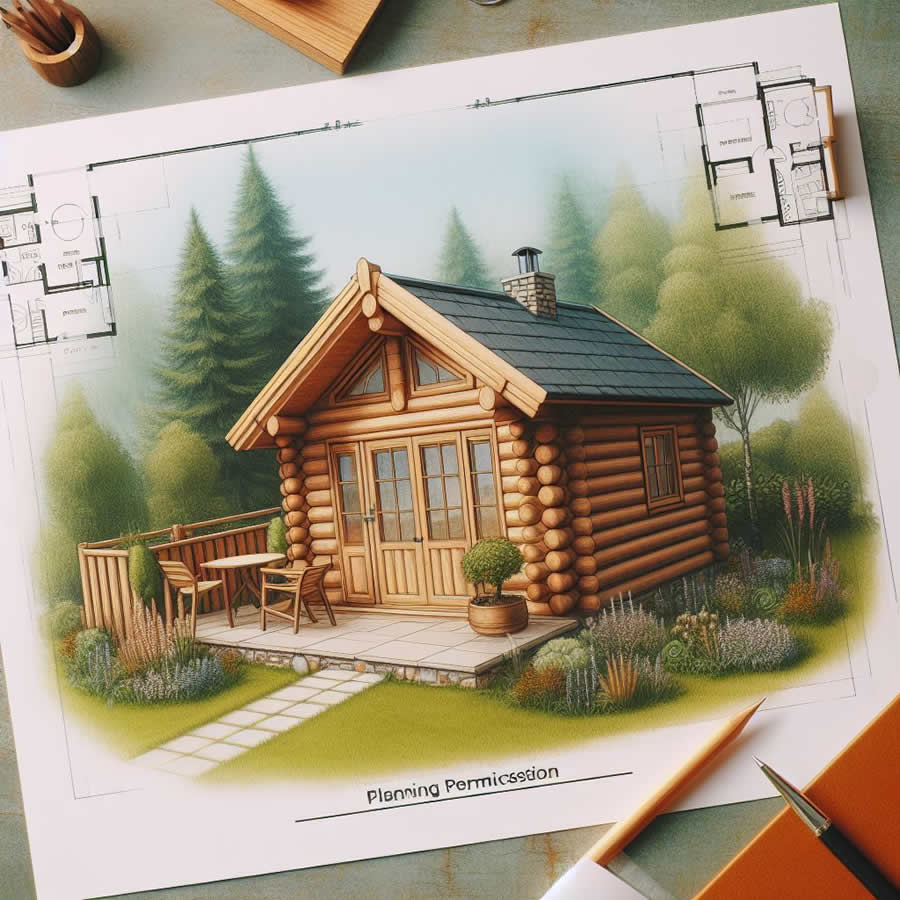When envisioning a tranquil garden log cabin, the last thing you want is the stress of legal hurdles. Understanding the ins and outs of planning permission is crucial. In this guide, we explore the essentials, ensuring a smooth process as you embark on creating your perfect garden retreat.
In many cases, garden log cabins fall under permitted development rights, allowing you to proceed without formal planning permission. However, specific criteria must be met, such as the cabin's size, height, and distance from the property boundary.

Check local regulations regarding the maximum allowable size and height for structures without planning permission. This varies between regions, and compliance is essential to avoid legal complications.
Maintain a safe distance from your property boundaries, as exceeding specified limits might trigger the need for planning permission. Respecting these guidelines ensures harmony with neighbouring properties.
Before purchasing or installing a garden log cabin, research the planning regulations specific to your local authority. Understanding these rules is vital for a hassle-free experience.
Engage with your local planning office to discuss your intentions. They can provide valuable insights, clarify regulations, and advise on whether your project requires planning permission.
If planning permission is necessary, gather all required documents, including detailed plans of the log cabin, its intended location, and any additional information requested by the planning office.
Complete the planning permission application thoroughly and accurately. Submission methods vary but are typically online or via post. Promptly respond to any additional requests from the planning office during the assessment.
Clearly define the purpose of your garden log cabin. Whether it's a workspace, leisure area, or extra accommodation, understanding its function aids in determining planning requirements.
If your property is located in a conservation area, additional restrictions may apply. Consult your local planning office for specific guidelines concerning log cabins in these areas.
If your property is a listed building, stringent regulations often govern alterations or additions. Seek professional advice to navigate these complexities.
In some cases, neighbours may be consulted during the planning process. Maintaining open communication can help address concerns and foster positive relations.
Before proceeding, ensure you:
Author - Martin Corby
Posted - 27 Jan 2024
Disclaimer: This information is subject to change and as such, is provided for informational purposes only and does not constitute professional advice. Readers are encouraged to verify the details independently.
© Copyright 2001 - 2024 Garden Adventure Ltd